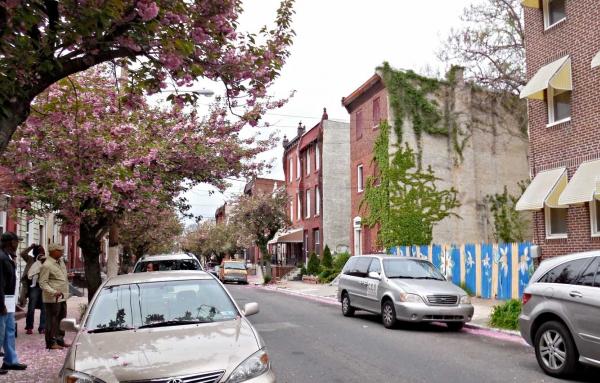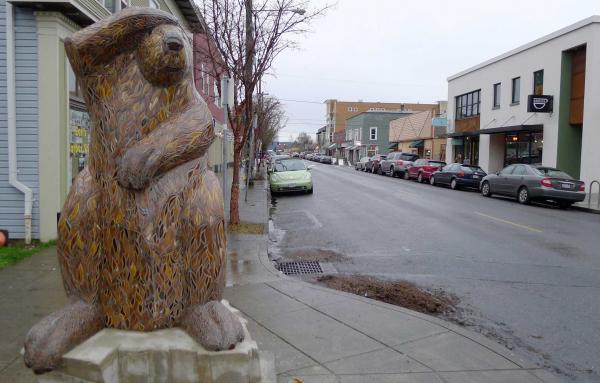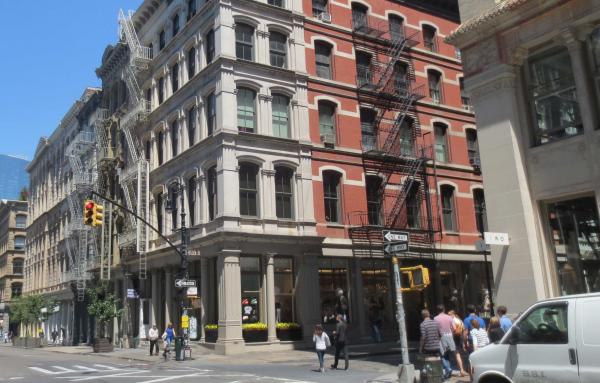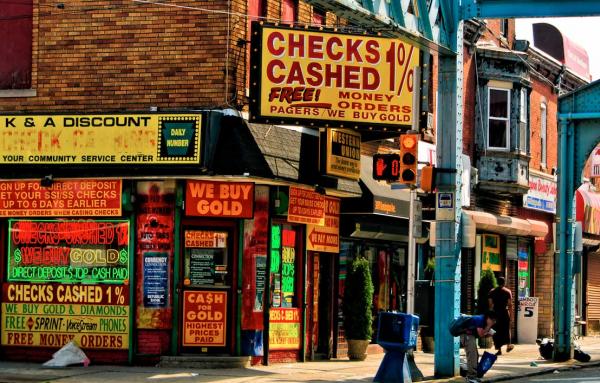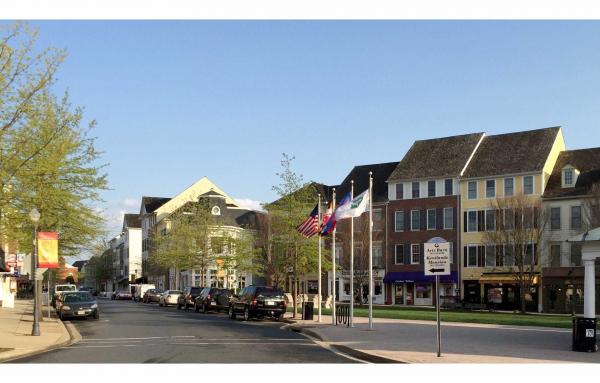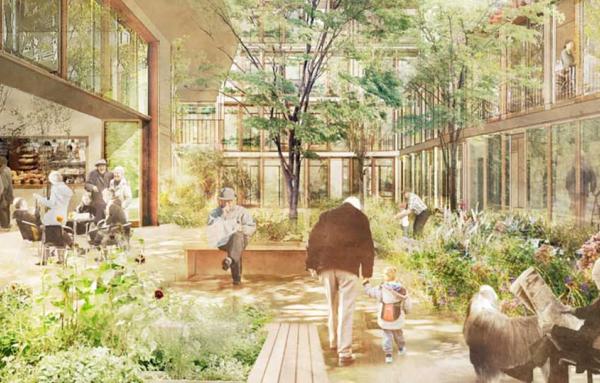Equity
Housing authority begins construction on phase one of 1,200 residences and 400,000 square feet of retail and replacement of two schools in North Philadelphia.
Earlier this week, we introduced the Storefront Index, a measure of the location and clustering of customer-facing retail and service businesses. A primary use of the index is to identify places that have the concentration of retail activity that we...
Southwest Detroit is the kind of neighborhood that few people talk about outside of the Motor City. The community is not one of those that are vacant and dilapidated—the subject of "ruin porn" photos on the web. It's also not booming with...
The movement against urban freeways and slum clearance during the 1960s and 1970s was primarily negative. It opposed modernist projects that threatened existing neighborhoods. With a few exceptions, it did not develop new methods of urban design to...
Last week, sociologist David Brain outlined strategies for a Lean charrette, which is a work-in-progress concept designed to match up with Lean Urbanism strategies. Opportunist that I am, I welcome that as an excuse to try Part 2 of the charrette...
For most of the 20th century, cities and their accoutrements were associated with immigrants, people of color, and relative economic deprivation. The very phrase “inner city” became a synonym of “poor,” and in certain contexts “urban” itself became...
Strong economic, demographic and household trends reveal a tremendous pent-up demand to use homes for employment, pressuring the marketplace to accommodate all types of live-work units.
The LGBT community created a sense of place out of the vast suburban landscape of LA and had a lasting impact on walkability.
London, like many cities, is aging. That presents a design and policy challenge in housing, transportation, and basic services—issues that relate to changing demographics on both sides of the Atlantic.
One of the nation's most beautiful historic shopping arcades was restored into affordable micro-lofts and small shops in Providence.
Our rural landscape is home to a network of more than 25,000 small urban gems boasting hidden assets in infrastructure, resources, and architecture, offering opportunities for entrepreneurial business, building, and living.
A beloved amusement park closed in Denver, CO—luckily, Highlands Garden Village was built in its place.
